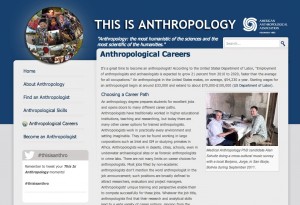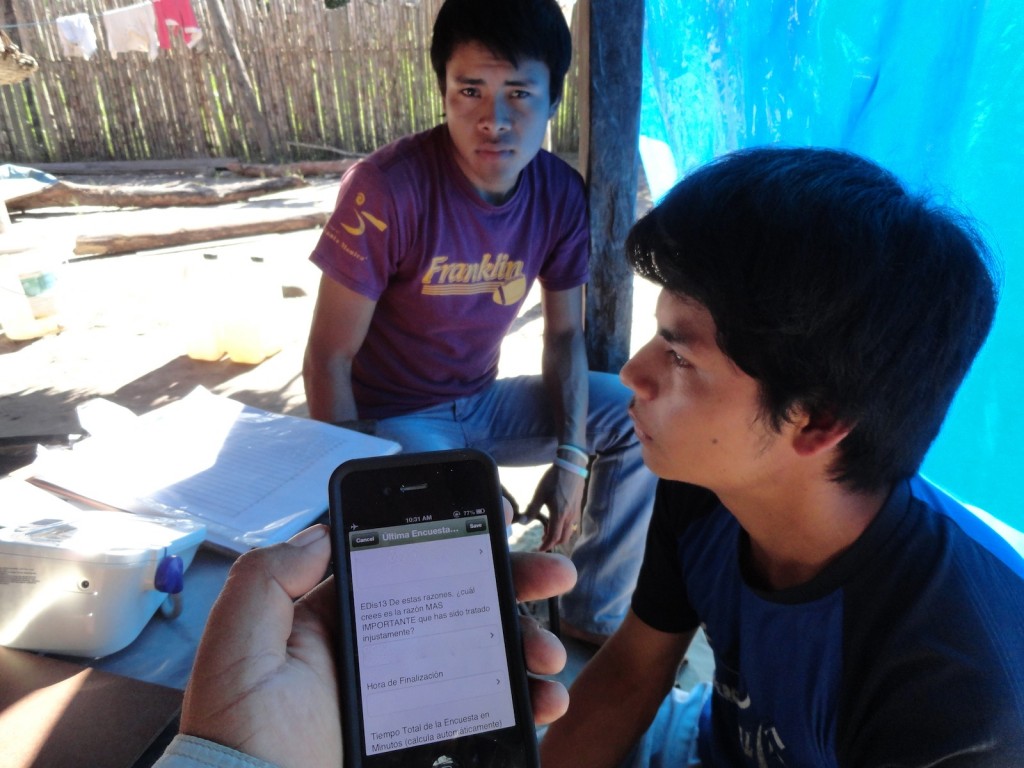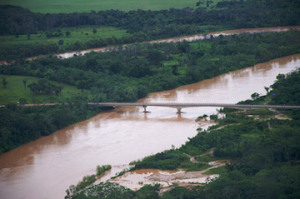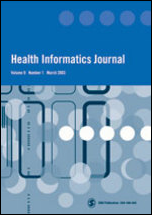My work (and that of a UF colleague, Connie Mulligan) is featured on thisisanthropology.com. Amazing the things you miss when you’re out of the country for two years. Thanks AAA!
New Article in Press
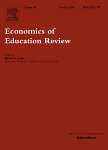
-
Eduardo A. Undurraga, Jere R. Behrman, Elena L. Grigorenko, Alan Schultz, Julie Yiu, TAPS Bolivia Study Team, Ricardo A. Godoy. Math skills and market and non-market outcomes: Evidence from an Amazonian society of forager-farmers. Economics of Education Review, Available online 30 September 2013: http://dx.doi.org/10.1016/j.econedurev.2013.09.004
The Value of Medical Anthropology
The majority leader of the House of Representatives, Eric Cantor, just personally attacked the worth of my dissertation research in an Op-Ed in the USA Today. My actual project in Bolivia. You can read the letter HERE.
In defense of my work, I’ll just quote verbatim the first paragraph that justifies my research from my job app cover letters: The central question that motivates my research is why chronic stress tracks along the fault lines of social inequity among rapidly globalizing populations. This question is important because stress-related diseases have the highest global disease burden today and this burden is disproportionately borne by the poor and socially marginalized. My pre-dissertation and dissertation fieldwork, funded by two NSF grants, make a unique contribution to medical anthropology and population health research by investigating the role of culture as a stress buffer among a group of Amazonian foraging-farmers who seem to defy the usual connection between globalization, inequality and psychosocial stress—the Tsimane’ of lowland Bolivia. The Tsimane’ present a puzzle because despite two decades of rapid culture change and market integration they have some of the world’s lowest average levels of short-term stress biomarker measures and related adverse health outcomes. My dissertation attempts to solve this puzzle using long-term ethnography and a sociocultural epidemiologic survey to advance our understanding of the links between culture and the stress process.
Stay tuned for updates on the pending NSF response to the opinion piece.
UPDATE (10/2/2013): Not one to let a little momentum go to waste, I am planning to respond in an Op-Ed piece of my own (and it may be co-written). Along with that, I have a crowd-funding launch in the works on Rockethub.com to enable analyses of retrospective stress biomarkers collected during my NSF research project. I hope those who see the value in my research might consider supporting it tangibly as well.

American Anthropological Association 2012 Annual Meeting Poster
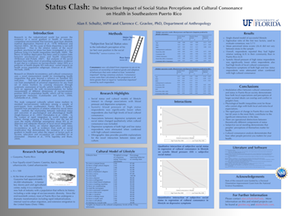
Presented at the AAAs Annual Meeting in San Francisco on November 17, 2012 by Alan F. Schultz and Clarence C. Gravlee, University of Florida, Department of Anthropology. Click the image for a larger version.
The Stress-Disease Connection with Dr. Gabor Maté
I found this set of three interviews with Dr. Gabor Maté on the Stress-Disease Connection, Addiction, Attention Deficit Disorder and the Destruction of American Childhood really interesting and thought provoking.
Also check out the papers mentioned by Darcia Narvaez from Notre Dame.
New AAA Poster
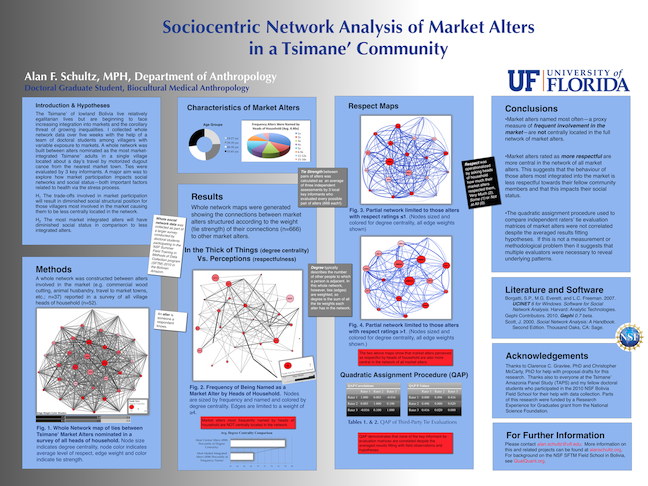
Thursday, November 18th I presented a poster on the sociocentric network analysis of market alters in a Tsimane’ village based on data I collected summer 2010 among the Tsimane’ in the Bolivian Amazon. Click the image for a larger version.
Now Accepting Applications

The NSF-sponsored Methods Mall at QualQuant.org is now open and accepting applications for summer 2011 courses including SIRD, SCRM and the Bolivia Field School. New this year: all application forms can be submitted online through the site. But hurry, the first application deadlines (for SCRM and the Field School) are February 15, 2011.
Water Purification
I recently wrote up my notes (to share with a fellow graduate student) on how I chose between various personal water filtering options for a field school and fieldwork I’ll be apart of this summer. Please find them below. I hope this is helpful for others as well.
I began by quickly narrowing my options down to two companies–though, I did later find a third viable option, which I’ve included as a footnote below. I was able to do this after talking with several colleagues (who have tried these in Africa, South America, and the American Northwest, among other places) I was dissuaded from going with a ceramic or other hand pump. The biggest drawback to traditional pumps seems to be that they clog too easily and most don’t filter out viruses. Also, they can be a pain to use, since you have to pump while one hose dangles in a river and another sits precariously in a bottle or bucket. Hence, contamination is an issue. The two products/brands I settled on are both purification bottles but they have significantly different initial prices–and significantly different costs/L and flow rates. These include three Katadyn bottles (i.e. the Water Microfilter, Exstream and the new Mybottle) and the Lifesaver Bottle. The Katadyn’s are $35-$50 on Amazon and the Lifesaver is $150 (or $180 for the 6,000 L model).
Katadyn Bottles vs. Lifesaver Bottle
The biggest differences between these are their flow rates, the total volume each can handle per filter, chemical use (or lack thereof), cost/L and dirty filter failsafe. Flow rate matters quite a bit because depending on the turbidity of the water you want to have some excess so that when the filters have been used for a while (or haven’t been flushed for awhile) the filter will still work at a tolerable rate. The Katadyn bottles have initial flow rates of 0.2-0.3 L/min while the Lifesaver is 2.5 L/min. Some of this difference is because you can re-pressurize (i.e. pump-a-little) to increase flow rate when the Lifesaver slows down. To put that into perspective, if you didn’t have to refill, the Katadyn would take 475 min to filter its total 95L volume while the Lifesaver would take just 38 min to filter that same 95L (assuming low turbidity, of course).
New Article in Press
A couple of years after completing a Cal-EIS fellowship at the Office of AIDS in California, I was happy to recently learn that some research I was involved with to match HIV/AIDS and TB registry data will soon be published in Health Informatics Journal. See more on my publications page.
Welcome to My New Blog
As a part of my new web presence I hope to use this blog to highlight my ongoing work and other related news items and research. Stay tuned for updates once I’ve gotten the site design nailed down for good.
Thanks!
-Alan

